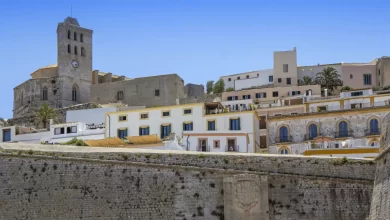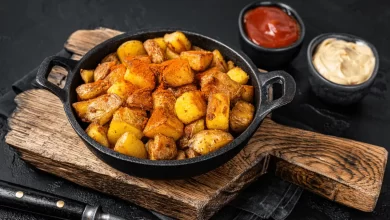The Rich History and Colors of Sarape Mexicano
Sarape Mexicano, a kaleidoscope of colors and culture, is a symbol deeply rooted in Mexican heritage. Beyond its stunning aesthetic appeal, the sarape carries a rich history, representing the spirit of Mexico. In this article, we will take you on a journey through the vibrant world of Sarape Mexicano, exploring its origins, significance, and the intriguing stories woven into every thread.
The Origins of Sarape
Sarapes have a fascinating history dating back to pre-Hispanic times. Indigenous peoples, including the Aztecs and the Mayans, were among the first to create textiles resembling modern-day sarapes. These early versions served as multifunctional garments, protecting individuals from the elements while also signifying their social status and tribal affiliations.
The word “sarape” itself has indigenous origins, deriving from the Nahuatl word “tzilapilli,” which means “to cover oneself.” This perfectly encapsulates the primary function of these colorful textiles.
The Artistry Behind Sarape Designs
Sarapes are renowned for their intricate and captivating designs. Each piece is a work of art, representing the unique craftsmanship of Mexican artisans. Traditional sarapes are handwoven, a skill passed down through generations. These artisans employ a backstrap loom technique, which allows for the creation of geometric patterns, animals, and even landscapes on the fabric.
The vibrant colors of sarapes are another highlight. Natural dyes from plants and insects are used to create the brilliant reds, blues, and yellows that adorn these textiles. The combination of expert weaving and vibrant colors results in a tapestry that is not just visually striking but also deeply meaningful.
Symbolism and Significance
Sarapes are more than just beautiful blankets; they hold great cultural significance. In Mexican culture, they symbolize warmth, protection, and hospitality. It is customary to offer a sarape to guests as a gesture of welcome and comfort.
Furthermore, sarapes have played a role in Mexican history, with revolutionary leaders like Pancho Villa and Emiliano Zapata often seen draped in them. These textiles became symbols of rebellion and the fight for justice, making them a testament to the resilience and strength of the Mexican people.
Sarapes in Modern Times
While sarapes have deep historical roots, they continue to thrive in modern Mexican culture. They are not only cherished heirlooms but also fashionable accessories and decorative items. Sarapes are commonly used as table runners, wall hangings, and even clothing items like ponchos and shawls.
Additionally, the popularity of sarapes has transcended borders, with people worldwide appreciating their beauty and craftsmanship. Mexican artisans have embraced modern techniques and materials to create contemporary versions, ensuring that the legacy of sarapes lives on.
Fun Facts About Sarape Mexicano
- The most famous sarape design is the Saltillo, known for its striking diamond patterns and intricate detailing.
- Sarapes are often used in traditional Mexican celebrations, including weddings and fiestas.
- They are made from a variety of materials, including wool, cotton, and synthetic fibers.
- Sarapes have inspired fashion designers globally, with sarape-inspired clothing making appearances on runways.
Sarape Mexicano is more than just a piece of fabric; it is a living testament to Mexican culture, history, and artistry. Its vibrant colors and intricate designs continue to captivate the world, bridging the gap between tradition and modernity. As we’ve explored the origins, artistry, symbolism, and modern relevance of sarapes, it becomes evident that they are an enduring symbol of Mexican identity. So, the next time you see a sarape, remember the stories and traditions woven into its threads, making it a true masterpiece of Mexican culture. Embrace the warmth and history that comes with every sarape Mexicano, and let it be a reminder of the rich tapestry of Mexican heritage.





